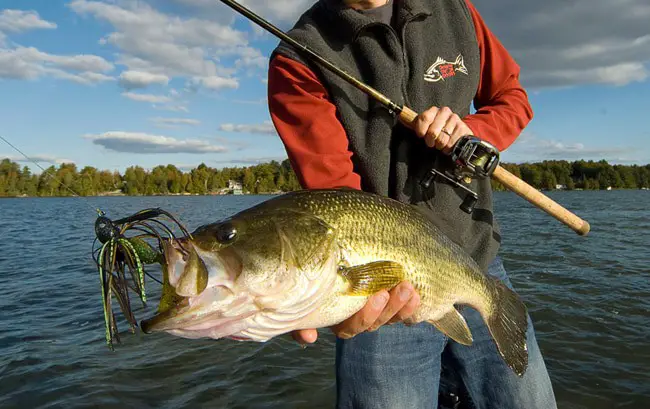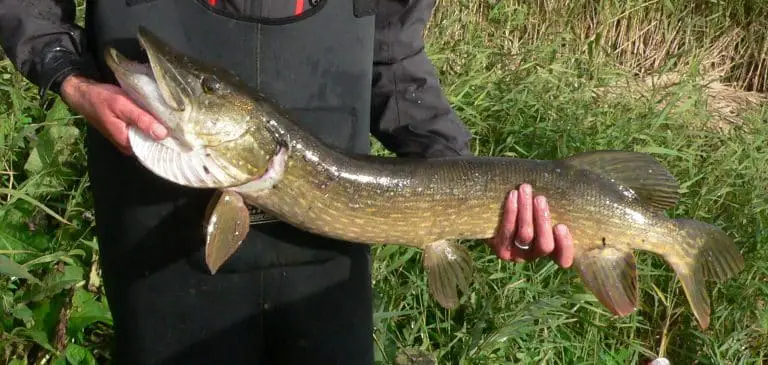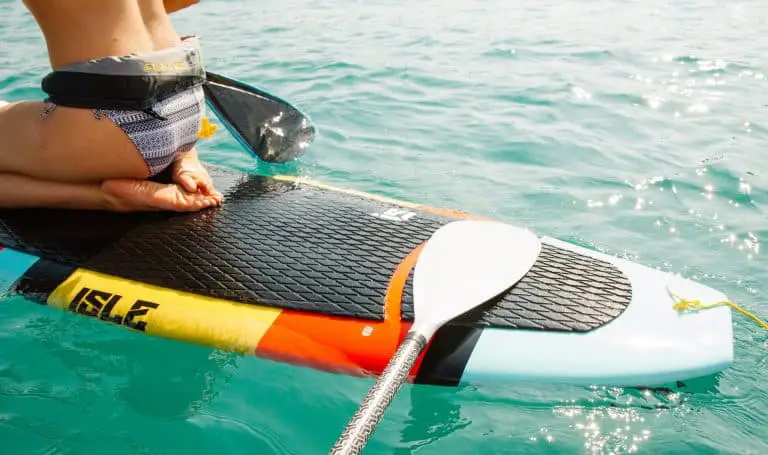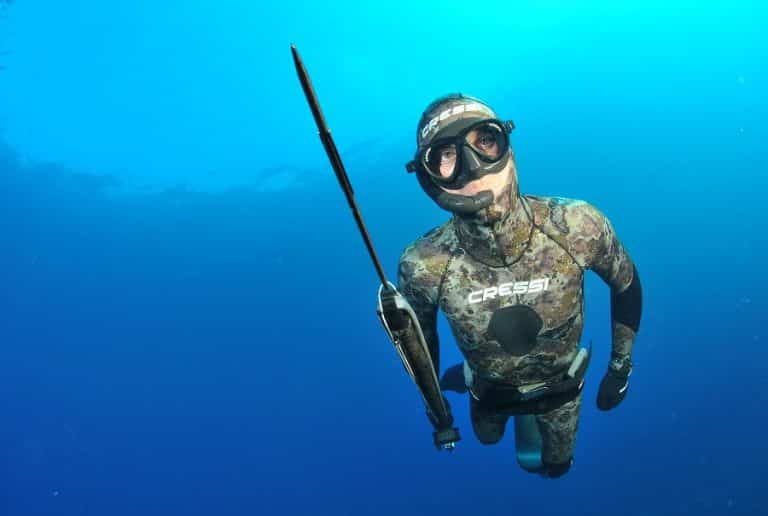The Best Spinning Reel For Bass – Best Reels In 2025

Table of Contents
Intro Into Our Favourite Spinning Reels For Bass
Bass fishing has quickly become the most popular form of fishing in the United States. The popularity of Bass fishing has driven the development of fishing gear, ranging from lures, bait, rods, and reels all specifically designed to help catch America’s most sought after fish – The Bass.
All Bass are well known for the strong fight they put up against anglers – this is the main reason why people love the thrill of fishing them.
Depending upon the Bass species and various other factors such as water quality and food available, bass can be found in lakes, reservoirs, ponds, rivers, streams, and creeks.
Although fixed-spool reels were introduced in use in the United States as early as the 1870s, spinning reels and rods did not gain wide acceptance as an angling tool until the 1950s – And since then the technology and ability these spinning reels have has been perfected for catching Bass.
Finding a high quality and best spinning reel for bass can actually be a tough decision, even though there are now thousands of products on the market – this can make the decision overwhelming.
We pride ourselves on writing the best product reviews on the web, pouring many hours into research, and often testing the products themselves whilst on our own fishing trips in the US.
Below we have listed our best spinning reels for catching Bass, there will also be a description of the product and information on where you can purchase it.
We hope you find this article useful and that it aids you in purchasing a spinning reel of your own.
Let’s dive straight in!
5 Best Spinning Reels For Bass
Spinning Reels vs Baitcasting Reels

Spinning Reel
People often use spinning reels due to their ease of operation, they are often the first reel someone who is new to fishing picks up. You simply open the bail, hold the line with your finger, cast, and re-close the bail.
Spinners are especially useful when it comes to fishing with lighter baits and lures etc. The zero drag on the line whilst it leaves the spool allows anglers to launch lighter baits further with a spinning reel.
It’s also super easy to reel the fish back in, simply remember to turn the handle clockwise and you’re good.
Spinning reels are usually used with small diameter lines as the spools are usually smaller than baitcasters.
Although many of the reels mentioned above made the list due to their ability to hold thicker lines such as braided fishing lines.
Pros:
- Less tangling
- Easier to understand and use
- Relatively cheap
- Longer line life
- Less bird nesting and jamming
- Easier to maintain
- Considerable casting enough distance
- Easy to handle by anyone without an issue
- Can be used for all fishing styles
- The best option for lighter lures and lines
- No line digging
Cons:
- Less line capacity
- Larger, heavier reels
- Cannot handle stronger fish
- Line twist is more common
- Less accuracy and control compared to baitcasting
- Hard to slow bait
- Doesn’t flip or pitch easily
- A small variety of available gear ratios
- Not accurate with heavier lures
Baitcaster
Generally speaking, bait casters are more frequently used by anglers with more experience. They are predominantly used for casting heavier tackle such as jigs, spinnerbaits, and crankbaits. What’s great about a bait caster is that you can do this with pinpoint accuracy.
However, unlike the spinning reel, you must use a dialed-in drag resistance with a baitcaster which can take some time to get used to.
You have to put pressure on the line with your thumb as you cast, if you get this wrong, you could end up with a backlash of line and a reel of tangled fishing line.
You can usually launch your lure further with a baitcaster, this is due to the fact the line is flowing directly off the spool, and not in a circular motion like a spinning reel.
However, they do take a lot of practice to get used to. The increased distance and accuracy you get from a bait caster makes it a better choice in situations that demand it, whilst a spinning reel can be used in every location.
In conclusion, I would pick a spinning reel if you need a reel to suit a whole host of situations or if you like to move from place to place and fish at various spots throughout the year.
If you like to fish at only a few spots and they require high precision and long casting distances such as surf fishing, then I would opt for a baitcaster (if you are experienced enough).
Pros:
- Less line twist
- Easier to slow bait
- Improved accuracy with heavy lures
- Improve accuracy and control compared to spinning reels
- A larger variety of available gear ratios
- Lighter reel weight
- The best option for heavier lures and lines
- Greater line capacity
- More durable than spinning reels
Cons:
- Takes time to learn and use
- Can wear out lighter lines
- Harder maintenance
- Relatively expensive
- Complicated without experience
- Bird nesting and jamming more common
- Lines can dig into the pole during flexing
Conclusion
Regardless of which spinning reel you choose, I hope I have helped you make a decision or taught you how to make a more informed choice. We are positive that if you buy any on our list then you’re making a great choice.
To recap, our top two choices of spinning reels for bass are: Penn Battle II Spinning Fishing Reel & Cadence CS8 Bass Spinning Reel.
With either of these two choices, you’ll be reeling in lots of bass in no time!
Happy Bass Fishing!
If you also fish from a kayak and enjoy our product reviews then check out our top list of fishing kayaks for under $1000.
Other Fishing Posts:
- How To Adjust A Baitcaster
- Magnetic Vs Centrifugal Brake Baitcaster
- Baitcaster Brake Vs Spool Tension
- Do Underwater Lights Work For Ice Fishing?
- Does Gulp Work For Ice Fishing?
- How To Dress For Ice Fishing
- Using Glow Sticks For Ice Fishing
- 10 Best Ice Fishing Pants
- 10 Best Ice Fishing Lures For Bass
- Level Wind Reel vs. Baitcaster






